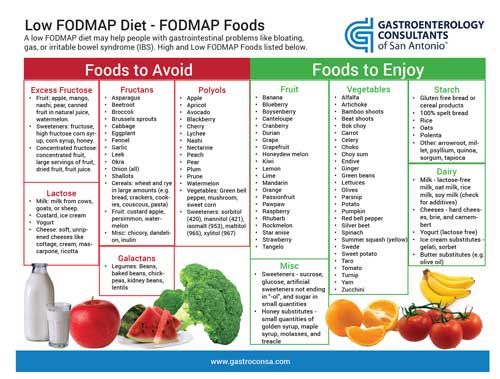
In today’s fast-paced world, many people struggle with digestive issues that can be both uncomfortable and disruptive to everyday life. Whether it’s bloating, gas, diarrhea, or constipation, these issues can make it difficult to focus on work or enjoy social activities. One way to address these digestive problems is through a low-FODMAP diet.
What are FODMAPs?
FODMAPs are a group of short-chain carbohydrates that are poorly absorbed in the small intestine. When these carbohydrates reach the large intestine, they are fermented by bacteria, leading to the production of gas and other digestive symptoms. FODMAPs are found in a wide variety of foods, including fruits, vegetables, grains, and dairy products.
What is a Low-FODMAP Diet?
A low-FODMAP diet is a temporary eating plan that restricts the intake of foods high in FODMAPs. The goal of the diet is to reduce the amount of fermentable carbohydrates in the gut, thereby alleviating digestive symptoms. The diet is usually divided into three phases: elimination, reintroduction, and maintenance.
Benefits of a Low-FODMAP Diet
Research has shown that a low-FODMAP diet can be effective in reducing symptoms of irritable bowel syndrome (IBS), a common digestive disorder. People with IBS often experience bloating, gas, abdominal pain, and changes in bowel habits. By following a low-FODMAP diet, many individuals have reported a significant improvement in their symptoms.
Foods to Avoid on a Low-FODMAP Diet
Some common high-FODMAP foods that should be avoided on a low-FODMAP diet include:
Apples
Pears
Milk
Ice cream
Onions
Garlic
Wheat
Barley
Foods to Enjoy on a Low-FODMAP Diet
While there are many foods to avoid on a low-FODMAP diet, there are also plenty of delicious and nutritious options to enjoy. Some low-FODMAP foods include:
Blueberries
Strawberries
Lactose-free milk
Hard cheeses
Green beans
Cucumbers
Rice
Quinoa
Consult a Professional
Before starting a low-FODMAP diet, it’s important to consult with a healthcare professional or registered dietitian. They can help you create a personalized meal plan that meets your nutritional needs while avoiding high-FODMAP foods. It’s also important to note that a low-FODMAP diet is not meant to be a long-term solution, but rather a temporary intervention to identify trigger foods and alleviate symptoms.
Conclusion
If you suffer from digestive issues such as bloating, gas, and abdominal pain, a low-FODMAP diet may be worth considering. By eliminating high-FODMAP foods and reintroducing them slowly, you can identify trigger foods and find relief from your symptoms. Remember to consult with a healthcare professional before starting any new diet plan to ensure that it’s safe and appropriate for your individual needs.